Watch winders are machines with a simple but vital task to perform for watch owners: ensuring that automatic (or self-winding) watches have sufficient energy for their clockwork drive by generating constant and steady motion. But that’s not all watch winders can do. The selection of models, sizes, designs and functions of available watch winders is as full of variety as the watch winders themselves. Watch winders can be differentiated based on their functions as well as their design (stand-up or built-in) and form of presentation (show window, box, cabinet).
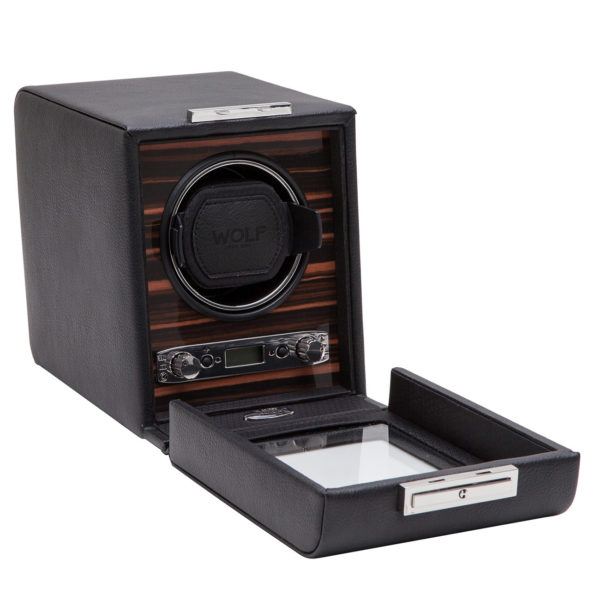
For collectors and dealers of self-winding watches, it is important that all of their watches run all the time. Of course, a watch that has stopped can be rewound and the date corrected, but having to do that for more than two watches can be a very time-consuming task. A watch winder takes care of this potential annoyance. The watches are strapped into a special brace or a box. An electric motor (powered by a battery or adapter) ensures that the winder rotates constantly and with sufficient motion to keep the watch wound. This protects, in particular, delicate self-winding watches from being damaged through irregular use. The constant rotation also allows you to monitor the precision of the gears and ensure that models with a perpetual calendar are ready to use and set to the correct date even when they have not been worn for an extended period of time. Watch winders can differ significantly even in these basic functions. While simple or more affordable models are equipped with a single motor, high-end watch winders feature a separate motor for each watch. In the premier class, each motor also allows the rotational direction and the number of rotations to be set by the user, since not all self-winding watches are wound through bi-directional rotation. Stylish lighting of select watches, or all of the watches, is a quality feature found in many watch winders.

Another key role of the watch winder is to offer an appropriate and high-quality presentation of valuable pieces of jewelry. Watch winders made of quality materials, including fine woods, are particularly well suited for showcasing valuable watches. Dealers and manufacturers can embellish their products through such presentations, while watch lovers can use the right watch winder to highlight their collection and express their appreciation of their watches. Orbita, one of the leading makers of watch winders, even has a device (The Orbita Sempre, below) that is specifically designed for manual-winding watches. To learn how it works click here.
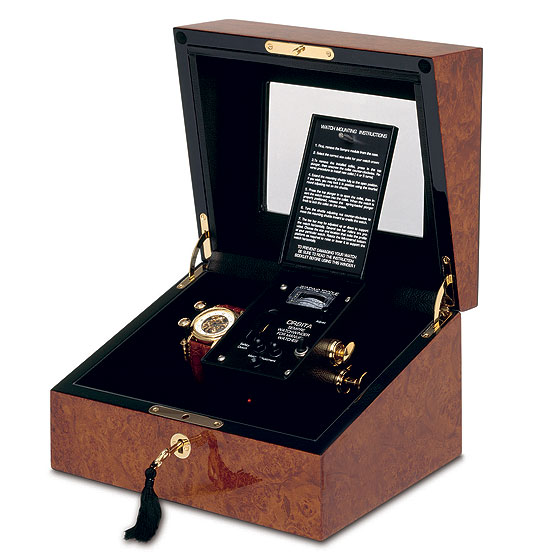
Other additional features assist owners, collectors, and sellers of self-winding watches in storing and maintaining their collections. For example, high-quality watch winders have individually configurable sleep functions. These functions put the watch winder to sleep, which simulates the daily rhythm of the watch wearer. The sleep function also helps save energy during the night and on weekends. The optional fast-wind feature also ensures that the timepieces in the watch winder receive a minimum level of energy. This function is practical and very worthwhile, especially after the winder has been out of use for an extended period of time (during transport, power outage). An automatic stop function can also be found in some watch winders that are designed to showcase watches. The electric motor automatically turns off when individual watch boxes are opened. This allows the watch to be easily removed so it can be worn, presented, or simply admired. Furthermore, watch winders with locks are an advantage for watch stores and antique dealers.
Some firms, such as Buben & Zorweg, make high-end, multiple-watch winders such as the Grand Collector Inbuilt (below), which can be integrated into spaces such as walk-in wardrobes and safe rooms. The case features a Buben & Zorweg clock at the top and offers individual winders for either 26 or 44 watches. To keep the watches safe, the top and bottom portions use code-operated electronic locks.
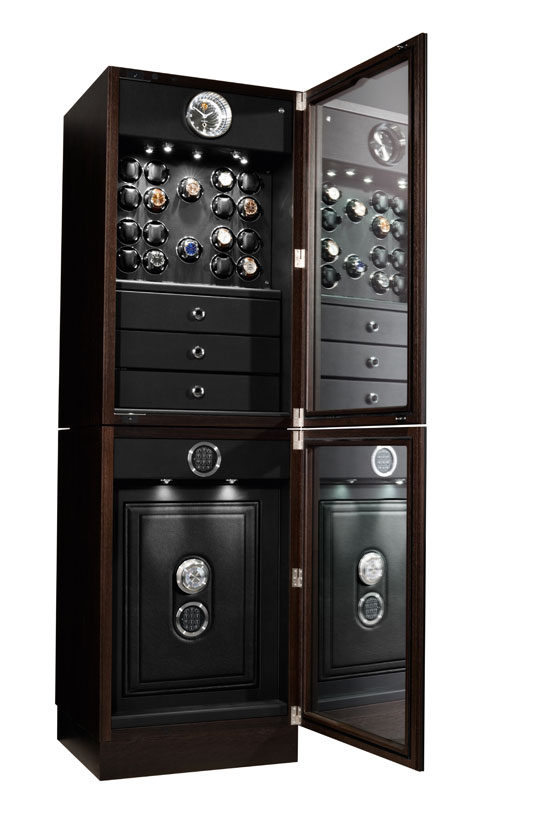
And if even a locked winder box doesn’t provide enough peace of mind to a collector, a few companies will even offer a customized, high-tech safe for storing those precious timepieces (along with jewelry and other valuables) as well as keeping them wound. One of these is California-based, family-owned-and-operated Brown Safe, which builds a luxury watch-and-jewelry safe called the Chronos (below), the first safe to be constructed entirely of near-impregnable military-grade ballistic armor. In addition to its multiple winding panels, the Chronos incorporates cutting-edge technologies — such as biometric fingerprint entry, GPS anti-theft systems, and a multi-sensor alarm with home-automation integration — to ensure an unmatched level of security.

This article was originally published in 2013 and has been updated.


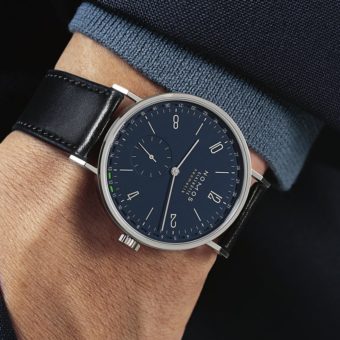


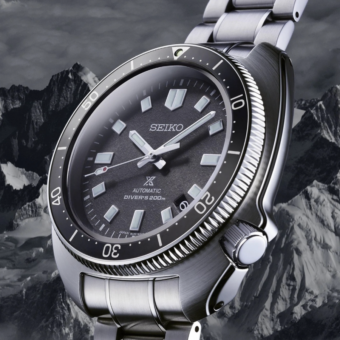
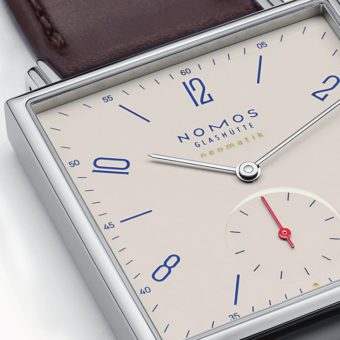
I own several watches now (Omega’s and Oris) and a couple generic winders. Thought the winders have been working. I use them on both directions for winding and one random. I can’t seem to get it right to keep the watches wound and more specifically keep the date correct. I know some watches are single direction for the auto winder so 1. How do I know which direction they need to be placed in and 2. if placed in random can they be unwound when the winder starts going in the opposite direction needed?
I’ve got an Obita multi-watch winder but it doesn’t work for any of my automatic watch. It turns just fine, but the slow rotation doesn’t seem to cause the automatic rotor to turn over. I thought maybe the watch just needed service but factor service by Harry Winston and Jaeger did not make any difference. I even put a brand new Breguet on the winder without success. Any ideas what’s wrong?
I have a Wolf Meridian Triple for my BLNR, SubC, and PAM01320 and I love it. No battery option so I just bought another Wolf with that option for my safe.
IT WOULD BE HELPFUL TO GET INFO ON THE WINDING SPECS FOR DIFFERENT MOVEMENTS, OR A SITE THAT PROVBIDES SAID INFO.
Half-baked article here. What is “Watchtime’s” position on the subject of automatic winders? You’d think that they would have queried each manufacturer for their position on the subject of winding, rotations per day, and direction by movement etc. Then make it available for their readers so that better decisions can be made. Maybe they will do it in the future?
None of the existing winders is able to determine the moment when the mainspring is wound up. And so, the watch installed in any of the existing plants will either stop, or they will use the mechanism of protection against overwinding. The consequences are clear – in the first case, the winder does not do what it should do, but in the second case it inevitably leads to excessive wear of the mechanism of protection against overwinding. I’m not saying that existing winders are not able to determine the necessary direction of clock rotation, and published databases, to put it mildly, are not only not accurate, but contain a lot of incorrect information.
I have two winders for my watches. My question is the speed to choose for the different watches. I have JLC, Omega Seamster, two Tags, Óris and Tissot. Some wind up fast, others slow. Where do you find the ideal speed for the different brands?
Thank you
Kubik is the best, got 6 of them. They wind my Rolex’s perfectly.
I currently have 3 automatic watches and have purchased a watch winder box and was wondering which setting to use for each watch. I have a Rougois, Kenneth Cole and a Bulova. Can you supply recommended TPD’s for each. Thanks
To chose a real good watch winder you have to check a couple of things : the engine, the electronic card, materials and the most important, programs! A easy and good way to know if it is a good quality watch winder is to check what is the maximum weight that can be handled by the engine.
I have been looking for a while, I am sure it is not the only one but I found this little Swiss company named Remontoir.ch that creates winders which can handled a 350 grammes watch. Quite good for a watch winder!
I had been using some expensive and inexpensive watch winders over the years, but of late, heard that the winders can really cause excessive wear and tear, hence have not kept any of the expensive watches on winders. If you have an environment where the air conditioning is on, I am not too worried about the oil drying up or something like that, but having the movement always working on the winder, I felt can cause excessive wear and tear. I would like to confirm that most cheap winders cannot wind the bulky expensive watches like an Omega. Try Wolf Design, if you have to, but if you really have to. I know it’s a chore to set the watches, but I guess that’s part of the charm of having an automatic rather than a quartz. Only some watches which I can’t hand wind, do I have on winders now, and I believe that it is a better choice.
I agree. Wolf Design.
I got rid of all my watch winders. I did own more expensive versions, and a four-piece custom watch safe.
What always bothered me was the bulkiness. I could live with the noise. Of course, when going for a winder from eBay or amazon, you can bet it’s going to be loud and defect after a couple of years. The better ones don’t have that problem. They are still bulky, and I had to position them close to a power outlet, but that was fine.
What really had me abandon them and sell my custom safe was what they do to my calibers.
A senior watchmaking friend of mine put it in a nice way: ‘When you park your car, do you keep the engine running over night?’. Never though about it, honestly. Read some more, talked to some more friends from the industry. In the end, decided to never ever again go with a winder. The abrasion it does from keeping the mechanical parts moving – unnecessarily, it should be noted – is just not worth it. It shortens the mechanical parts’ life time by years, if not decades.
So, ended up getting a really, really expensive hand-made watch box. If anybody is interested, after tremendous research I was considering these, and ended up buying a nice solid wood 12 piece box
Take caution that the cheaper winders may magnetize your precious collection. The cases of several of my watches including a 2000-M hefty diver built with 316L SS was magnetized. Trust me, it is not the most fun thing to get your watches demagnetized. Heartaches!
Since the discovery, I had stopped using watch winders, Instead, I made it a point to rotate my watches and make sure that each of them will have at least three days of wrist time once a month. Touch wood, so far I have had no issue with my watches not working within specifications.
If you must put your watches on a winder(s), it pays to do your research and make sure the winder your are interested in would not generate magnetic field of sufficient strength to magnetize your precious collection.
CHANT
What about RDI watch winder, for me RDI got the best highend winders
I recently purchased a watch winder and although I don’t have an expensive collection, I rarely wear my watches and I wanted to make sure that they were not being damaged due to non-use. I typically keep the crown pulled out and will set the time and push it in during use. With the watch winder I purchased, I found that my Gucci will stop keeping time after about 15 minutes on the winder, however, my Bulova’s keep time properly. Again, although not an expensive collection, ensuring that my Gucci was wound and displayed properly was my main goal for purchasing the winder. I am not sure if I should purchase a different watch winder or if I should not use a winder for the Gucci at all. I like the fact that this winder can wind 4 watches at one time and I can display another 6 watches in the case and it is a very nice holder. I am going to reach out to Gucci and see if they can provide me with some assistance.
Some automatic watches (perhaps your Gucci) require winding in a specific direction. This doesn’t cause problems whilst on the wrist but you may run into problems with a winder. Some winders overcome this by allowing the user to set the winding programme (inc direction) on a per watch basis.
I have three KubiK watch winders. They are not too expensive and works perfectly. They can be programed with a computer setting both the rotation number and clockwise, conunterclockwise or both ways.
They are swiss made and the customer service is excellent.
Kubik winders are truly the best. Have 6 and they to an outstanding job.
I bought the EXPENSIVE Buben & Zorweg watch winder which is really worthless. It was not working at all and the Agent refused to repair. The mother company was very slow in answering and when they have decided to do so, they just sent one support technical paper which was of no value and useless. Moreover, the women watch wrist does not fit at all. Bref! It is indeed a piece of valueless crap as even crap sometimes can be useful.
Then there is Arnold Schwarzenegger’s watch drawer.
I have two inexpensive winders each holds four watches and have enough power to handle 50 mm SS diver.
The winders are intelligently programmed to run about five hours a day. Start time, direction and run time are randomized.
I do have a problem with a watch containing a uni-directional movement (ETA A07.161) but it limps along well enough to keep the date correct.
My preference is to go in one of my watch cases, pick a watch to wear, like sorting your
wardrobe for the day, setting the time and off I go, keeps me one on one with my large
collection.
Yeah I understand that but if your collection has an IWC da vinci with perpetual calendar than I want to see you setting again and again the full functions ! good luck man
That’s exactly what I do. No winders yet.
I use five (double ) winders, Diplomat that I get on Amazon for about 50 each. They are programmable . They are plastic but I don mind. I have expensive and inexpensive watches and they all get a rotation. The winders grt my traditional light watches and my monster heavy watches. I have had the in continual work for over three years now with out a problem. I love the personal time I spend winding each watch but I like knowing they go though a couple of weeks of programmed use if not on my wrist. I just don’t have any complaints and they seem to be little workhorses. Peace and coexist….rick
This is such a ‘timely’ subject!
I have worked for various Swiss timepiece manufacturers, including IWC – as well as one watch winder manufacturer (already mentioned) – in outside sales. This afforded me the opportunity to discuss the merits of using watch winders with a number of ‘industry experts’ including technicians and watch-makers (in and out of the factory).
It is my understanding that modern automatic watches can not be over-wound. However, I would be cautious about using a watch winder with an older automatic watch – as I have been told that some of those can be damaged by over-winding. Ideally, a programmable watch winder would mitigate this issue.
Also, more sophisticated watch winders can be programmed regarding rotations/winds-per-day and direction. Checking with the watch manufacturer regarding the specifics of which way their watch winds and rotations per day can help with the programming.
I have heard from some experts who state that using a watch winder can accelerate the wear and tear on a watch movement. Other experts have told me that using a winder helps regulate the accuracy of a watch and also can prevent mechanical problems by preventing the oils from drying out (which supposedly could happen if a watch is left at rest for too long a time).
The conclusion that I have come to is to use the winder for its convenience. Particularly with complications – I prefer to not have to reset a number of functions should the watch have stopped running.
I use an Underwood system which are individually programmable to avoid over or under winding. It’s pricey, but it looks handsome and works like a champ.
Well, the $29.99 winders you see on eBay simply do not have the power to rotate any watch that has a bit of heft to it, like an Omega. I know this from personal experience. If you want it, I’ll be glad to sell it to you really cheap. Only used long enough to discover that it does rotate but won’t turn a watch with any heft to it. It works, just not well. ‘-)
I did get another at my wife’s urging that was considerably more expensive even on sale (Wolf Designs I believe, nothing wrong with buying last year’s model), but it will actually wind any automatic watch. Sometimes I do use it to wind the watch I’ll wear the next day just to give the winder some exercise. However for the most part it sits and collects dust.
Why you might ask isn’t the winder used more often? It is as simple as this. I typically wear a different watch everyday. Some times it is a not too expensive quartz watch, like a Swatch, which doesn’t need winding and sometimes it is an automatic. For automatics, I simply wind it up, set the time (to atomic desk clock, btw) and set the day/date (if it has that complication) and away I go, like I did this morning. This only takes a couple of minutes and I find it keeps you in contact with and appreciate the watch more. Of course a Seiko kinetic that is dead is a royal pain to wind. (lol)
My take on winders.
Very good comment!
Got the same conclusion that’s watch winding is much more pleasurable ;-)
I used to use watch winders for my watches but I retired them after been advised its constant use contributes for early mexhanism fatigue.
Thoughts?
Will there be any issues keeping an automatic watch regularly on watch winder?
How do the watch winders prevent over-winding? As I recall my first few watches that I had to wind up once every day, when they were wound, the winding crown reached its limit and wouldn’t go any further.
Winders are intermittent, ie running for a short time. Just enough to power.
At ebay prices start at 29,99 and the go up to 19000!!! What are the speqs needed to keep a watch wound without spending for of the watch winder more than the watch itself???
Thanks
Spiros
I would be interested in the upper division version of this class… Comparing some of the top brands, with photographs and discussion of functions and prices.
The best in class company for watch winders would be Buben & Zorweg – they make exclusively watch cases and winders. The prices can go into hundreds of thousands of Euros. AFAIK they make all the winder cases to order.
Hey, I have seen “Stockinger” on a fair. They offer also very high class watchwinderes, manufacured in Germany. You can program them very easily just with your smartphone.
They are very nice looking and seem to be of a very good quality
Is there any danger of magnetizing the watch from the electric motor assemble which requires the use of magnets to work?